
Fentanyl has cemented its place in public discussions and health emergencies due to its potency and contribution to the opioid crisis. The potential for accidental overdose, whether through the mismanagement of prescribed medication or exposure to illicit sources, is a stark reality for first responders, caregivers, and the general public. How can we be prepared to act swiftly and decisively in the face of a fentanyl overdose? This comprehensive guide details the steps to recognize, respond to, and prevent accidental fentanyl overdoses.
Fentanyl, a member of the opioid family, is known for its staggering potency. It is often used under strict medical supervision for severe pain, and variants sourced illegally are a contributing factor to the overdose epidemic. With its strength comes significant risk, as even small amounts can lead to life-threatening situations.
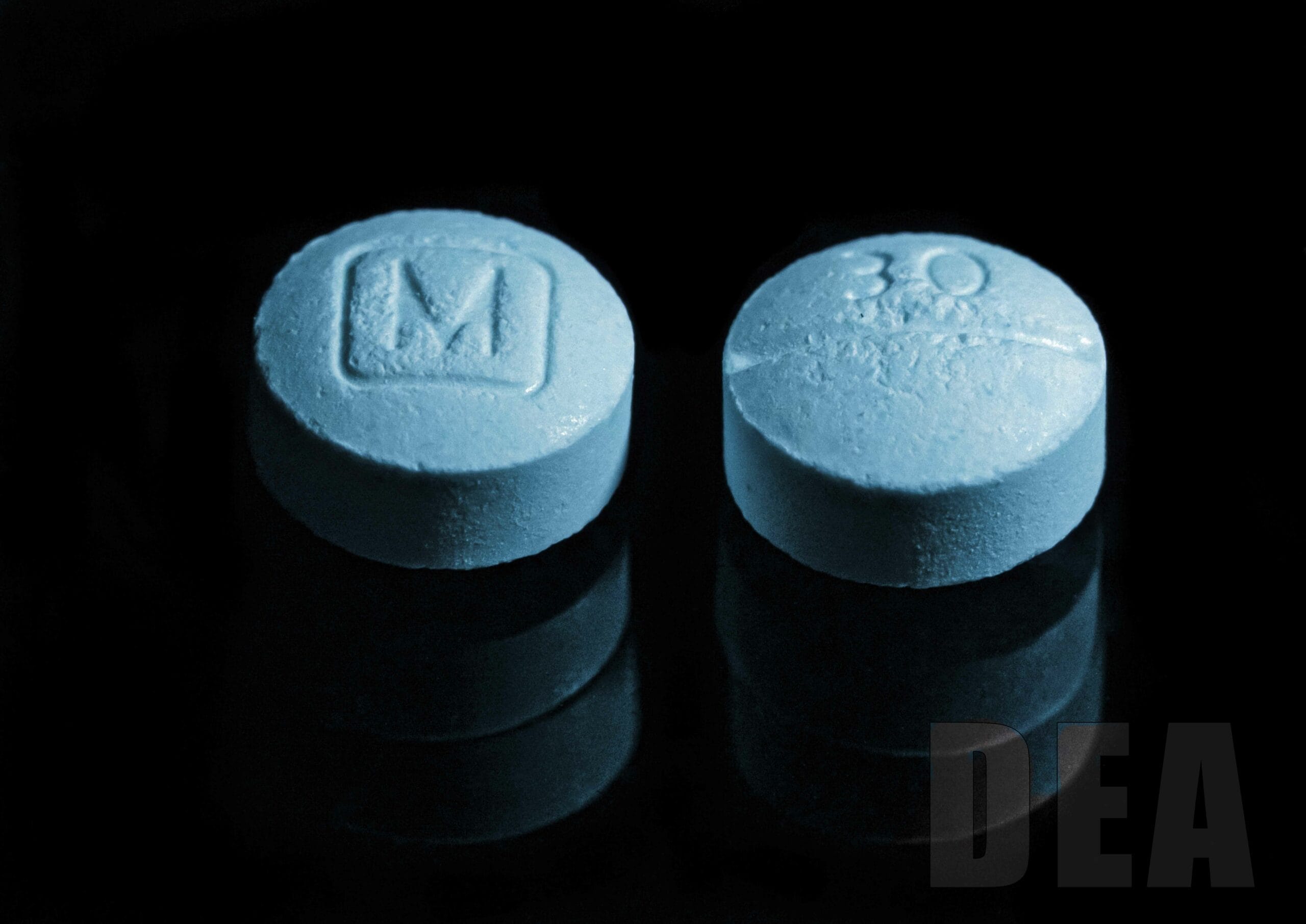
To put it into perspective, fentanyl is 50 to 100 times more potent than morphine and can be more potent still compared to heroin. These numbers mean that the difference between a standard dose and an overdose is often measured in micrograms, highlighting the peril of any miscalculation or misjudgment in handling the drug.
Fentanyl and its analogs are frequently encountered in street drugs such as heroin, cocaine, and counterfeit pills. Consumers are often unaware of the drug's presence until it's too late, making such drugs a lethal lottery for individuals seeking a high or relief from pain.
Recognizing a fentanyl overdose is paramount to its successful intervention. Familiarize yourself with the following signs and symptoms, which can be telltale indicators of an opioid overdose.

Upon observing signs of a possible fentanyl overdose, swift and judicious action is crucial. Here's what you need to do:

Naloxone is a life-saving medication that can be administered through different routes. Here's a breakdown of the methods, along with guidelines for each.

Disclaimer: The information provided in this document is intended for educational purposes only and should not be considered professional medical advice or a substitute for consultation with qualified healthcare professionals. We are not emergency responders or medical professionals. The use of naloxone and the practices described herein are based on current knowledge surrounding the response to opioid overdoses, specifically involving fentanyl.
Even after administering naloxone, the immediate moments following an overdose are critical. Here's what you should do while waiting for emergency services to arrive:
In the aftermath of a drug overdose, it's vital to address any potential biohazards. In addition to providing professional crime scene cleanup services, Bio-One of Poway also offers hoarding cleanup and other specialized services that may be necessary in these situations. We are proud to serve all areas of San Diego County, CA. Our team is available 24/7!
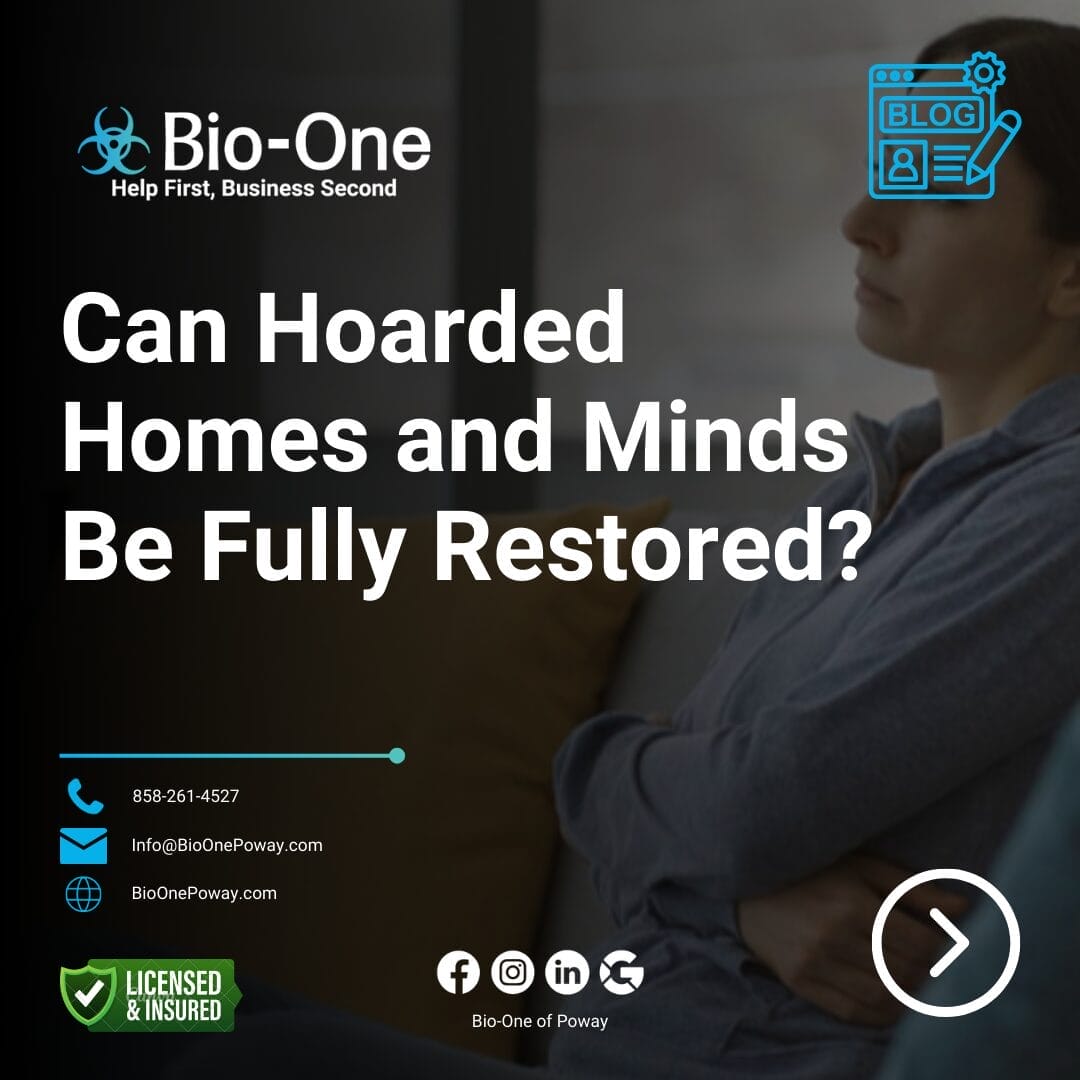
When we hear the term 'hoarding,' we often conjure images of cluttered homes, newspapers stacked to the ceiling, and pathways lined with belongings. For those dealing with hoarding tendencies or living with a hoarder, these scenes are not just a specter; they're a stark reality. The battle against hoarding is multi-faceted, challenging, and deeply personal. It's a fight that's both outside—against the physical accumulation of stuff—and inside—where emotional motivations run deep. Now... Can hoarding be cured?
In this blog, we'll explore the complexities of hoarding. From the psychology of hoarding to real-life success stories, we're here to let you know there is a positive outcome for hoarding. Trust us!
Disclaimer: Please note that while we share insights and stories related to hoarding cleanup and recovery, we are not mental health professionals. Our intention in presenting this material is to create awareness and offer support from a cleanup perspective.
What drives someone to hoard? Understanding hoarding begins with recognizing that those who struggle with it rarely do so from a simple desire to collect or a reckless disregard for cleanliness. For many, hoarding provides a sense of safety or control, and possessions are imbued with deep personal significance.
Collectors and hoarders both gather items, but the difference lies in the cognitive relationship to those items. Collectors are often organized and strategic, taking joy in the aesthetic or emotional value of their curated collections. Hoarders, on the other hand, face challenges in making decisions about what to keep and what to discard, and their accumulation typically leads to dysfunction within the living space.

The effects of hoarding extend beyond the individual. Hoarded homes bear the brunt of the condition, with space often becoming unusable and basic living conditions compromised.
From fire hazards and structural damage to health risks, the physical consequences of hoarding are dire. Vermin infestations, mold growth, and an increased risk of falling are common in hoarded homes.
Learn more: How Hoarding Can Put Families' Lives at Risk | Bio-One of Poway
Psychological studies repeatedly reveal the emotional toll hoarding takes—both on the hoarder and their family. Shame, anxiety, and isolation are common among hoarders, while family members often face frustration and fear, as well as the overwhelming task of trying to help their loved one.

A step-by-step guide to decluttering a hoarded home is integral. It involves setting small, achievable goals, working in a specified order, and enlisting the help of professionals and volunteers who understand the unique challenges of hoarding.
Take a look at the ultimate hoarding cleanup checklist made by our friends at Bio-One of Oceanside: 4-Step Plan For a Successful Hoarding Cleaning with Bio-One.
While the cleanup is a critical step, true restoration involves addressing the root causes of hoarding. This requires a focus on mental health treatment, support systems, and a commitment to change.
Counseling and therapy for hoarding are as varied as the reasons behind the behavior. Exposure therapy, where individuals are gradually exposed to the anxiety-provoking situation of discarding items, has shown promising results. Other forms of therapy, including group settings, tackle the disorder from different angles, providing techniques for managing stress and emotions.

Support groups offer a unique space where hoarders and their families can share experiences, lean on each other, and learn from those who have walked the path to recovery. These networks reduce the sense of isolation and help to break the cycle of shame.
From self-help books to online resources, there is a wealth of information available for those pursuing recovery. The key is to find resources that resonate and to approach the process with openness and a willingness to learn and change. Here are some valuable resources to get you started on the journey to recovery:
While no definitive cure for hoarding exists, individuals can recover and learn to manage the condition effectively. They may encounter setbacks on the journey to recovery, but through commitment and support, they can make progress toward a life free of clutter.
It's important to remember that hoarding is not just about cleaning up and decluttering physical spaces. It's also about understanding and addressing the underlying psychological and emotional factors that contribute to the behavior.
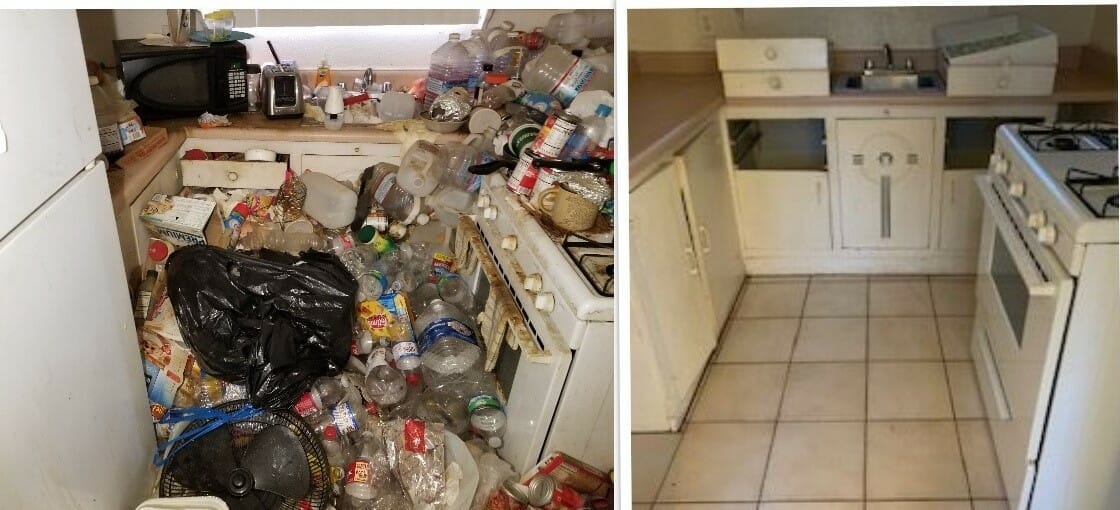
In cases where hoarding has resulted in significant biohazards, it's important to seek the help of a professional cleanup company like Bio-One of Poway. Our team can handle these situations with compassion and discretion. With the right treatment and support, hoarding can be managed. So, don't lose hope, recovery is possible, and help is just a call away!

People use drug paraphernalia to consume or prepare drugs. These items come in many forms and can consist of various materials. With drug addiction being a global problem, recognizing drug paraphernalia and understanding the risks associated with it becomes a priority for anyone potentially exposed. In this blog post, we explore different examples of drug paraphernalia, their purpose, and the dangers that come with exposure to them.
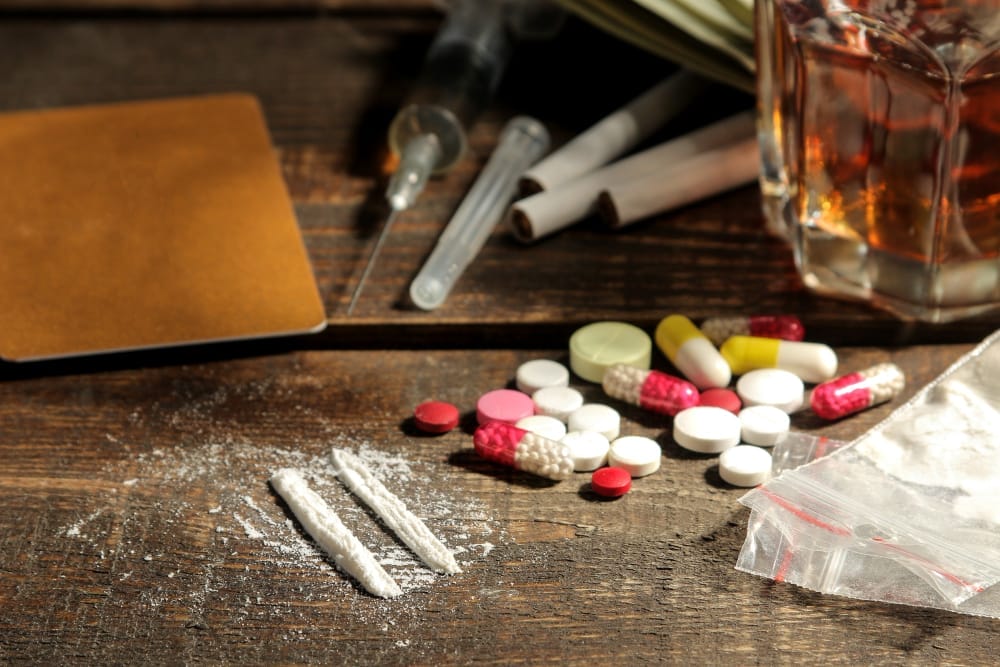
Exposure to drug paraphernalia can pose significant health risks, especially for children and pets. Drug paraphernalia contact can present several dangers:
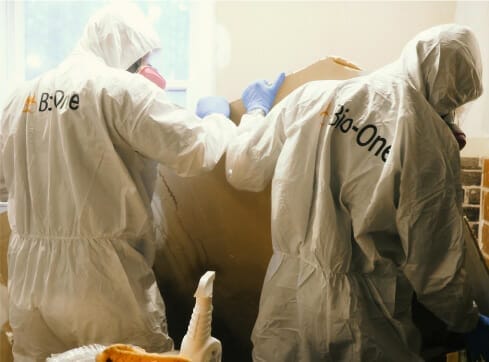
These are just a few examples of drug paraphernalia. These materials come in many forms and can pose a significant risk to individuals who come in contact with them. It is important to recognize these items and take appropriate measures to dispose of them safely. Exposure to drug residue can lead to various health issues, including addiction, respiratory problems, and bloodborne diseases.